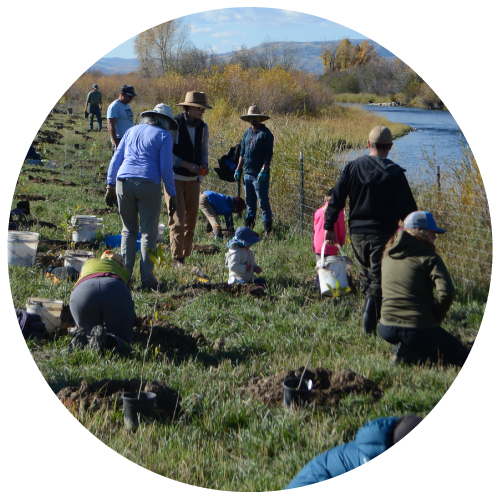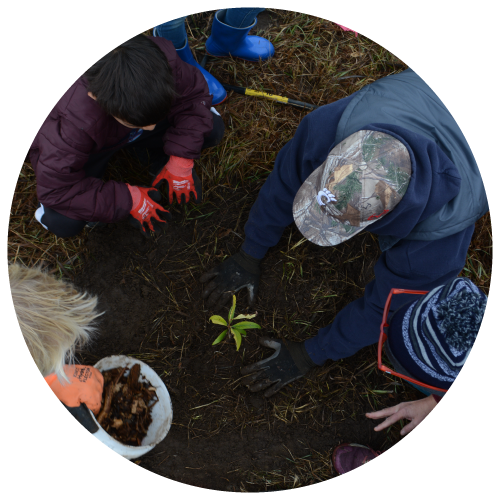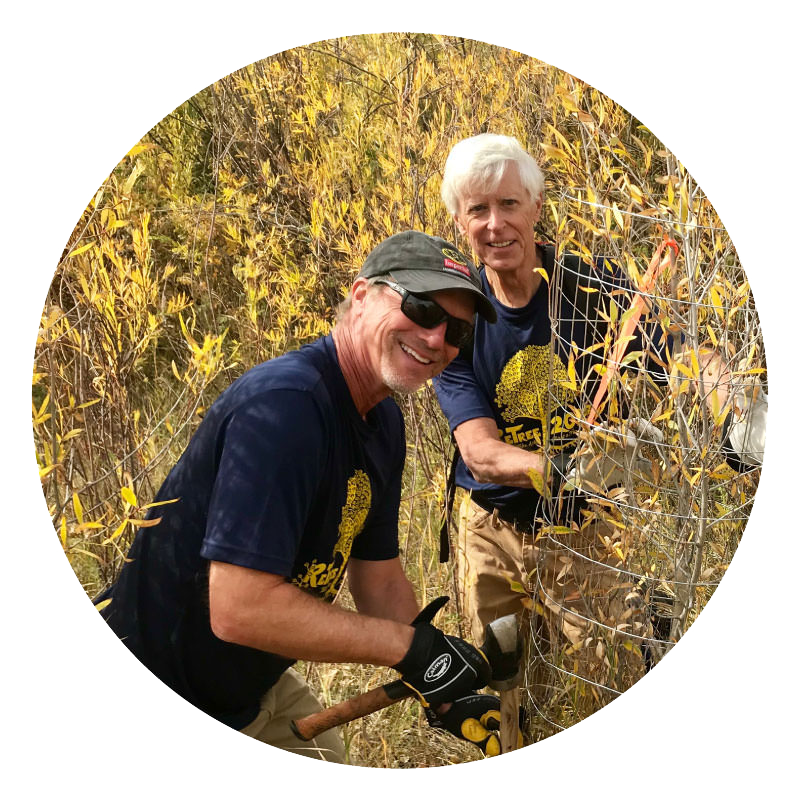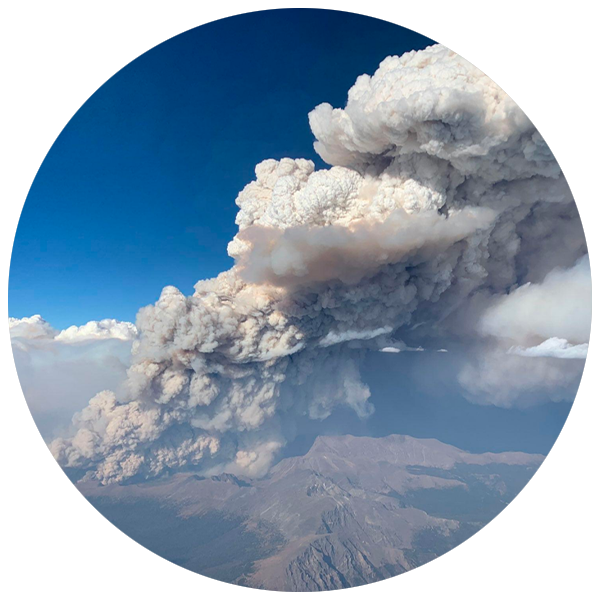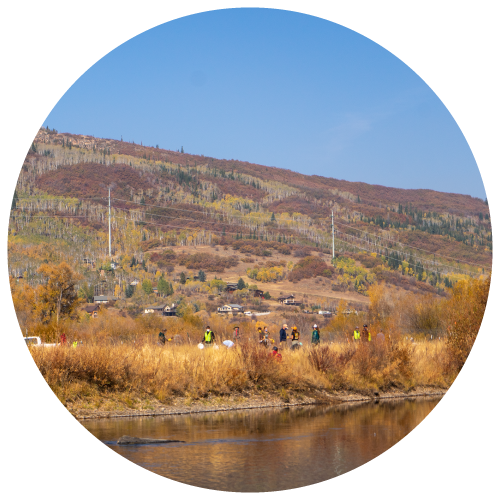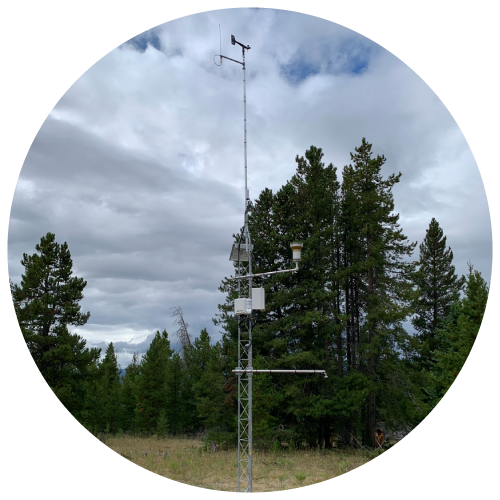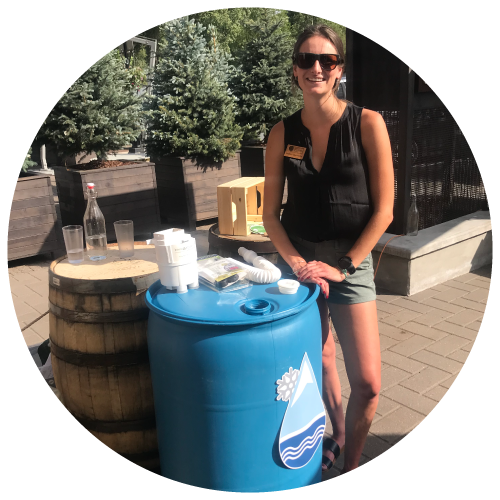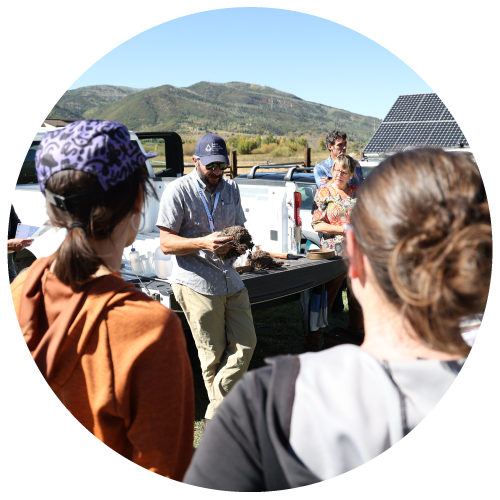Resilient Land and Water
Our goal is to reduce greenhouse gas emissions and build climate resilience through land and water management actions and improved decision making.
Our Role:
YVSC plays a key role in the implementation of local land and water resilience strategies and carbon sequestration projects through community outreach and by serving as a leader, advisor and partner on local projects. We do this by serving as a resource for information on land and water resilience strategies. We also catalyze, lead, support and/or implement collaborative reforestation and restoration processes and projects across forests, riparian, wetland, and rangeland ecosystems. Our goal is to link education with action so that YVSC can support the community in scaling up land and water conservation actions and increasing adaptive capacity and resilience to a warmer and drier Yampa Valley future.
Click the links below to learn more about the work YVSC is doing in each of these sectors.
Trees planted since 2010 through YVSC’s ReTree event
Pounds of CO2 sequestered over 50 years with ReTree 2020 plantings. This is as much as 350 cars emit in one year.
Rain barrels distributed to residents to help conserve treated water
Year hosting a science-informed water and weather conference in the basin
First Soil Moisture and Climate Monitoring Station Installed in
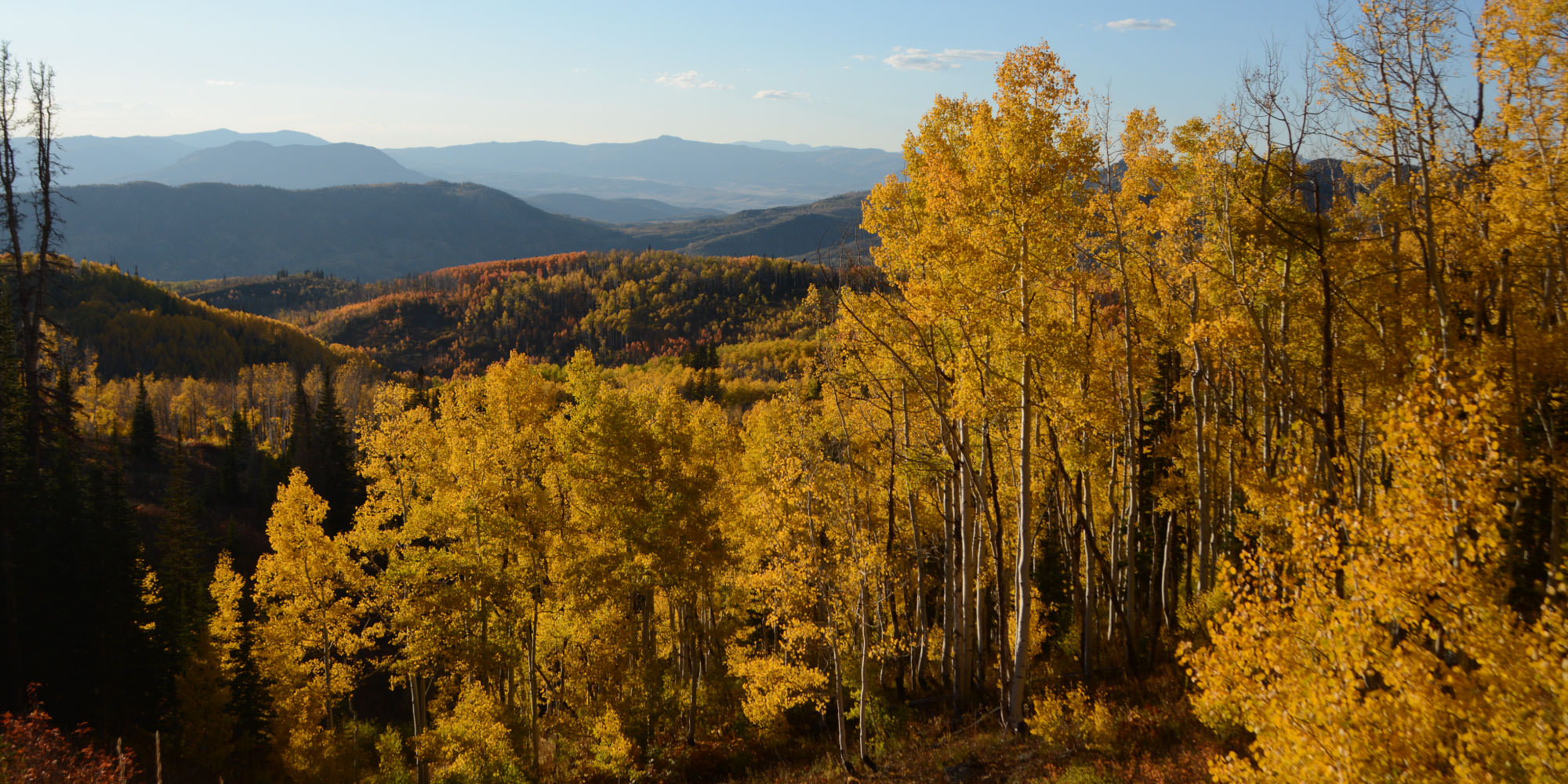
Restoring natural ecosystems is one of the most important ways for Routt and Moffat County residents to reduce carbon emissions and build resilience to the impacts of climate change. Natural climate solutions (NCS) are land management practices — conservation, restoration, and improved management — in our grasslands, forests and wetlands that increase carbon storage and resilience and reduce GHG emissions. NCS have the potential to deliver up to one-third of our needed global GHG emissions reductions by 2030, and up to one-fifth of our national GHG emissions, and increase resilience by increasing soil, river and forest health. For YVSC, creating NCS pathways that work means bringing the people and landscapes of this unique alpine, agricultural and riparian region together through climate action.
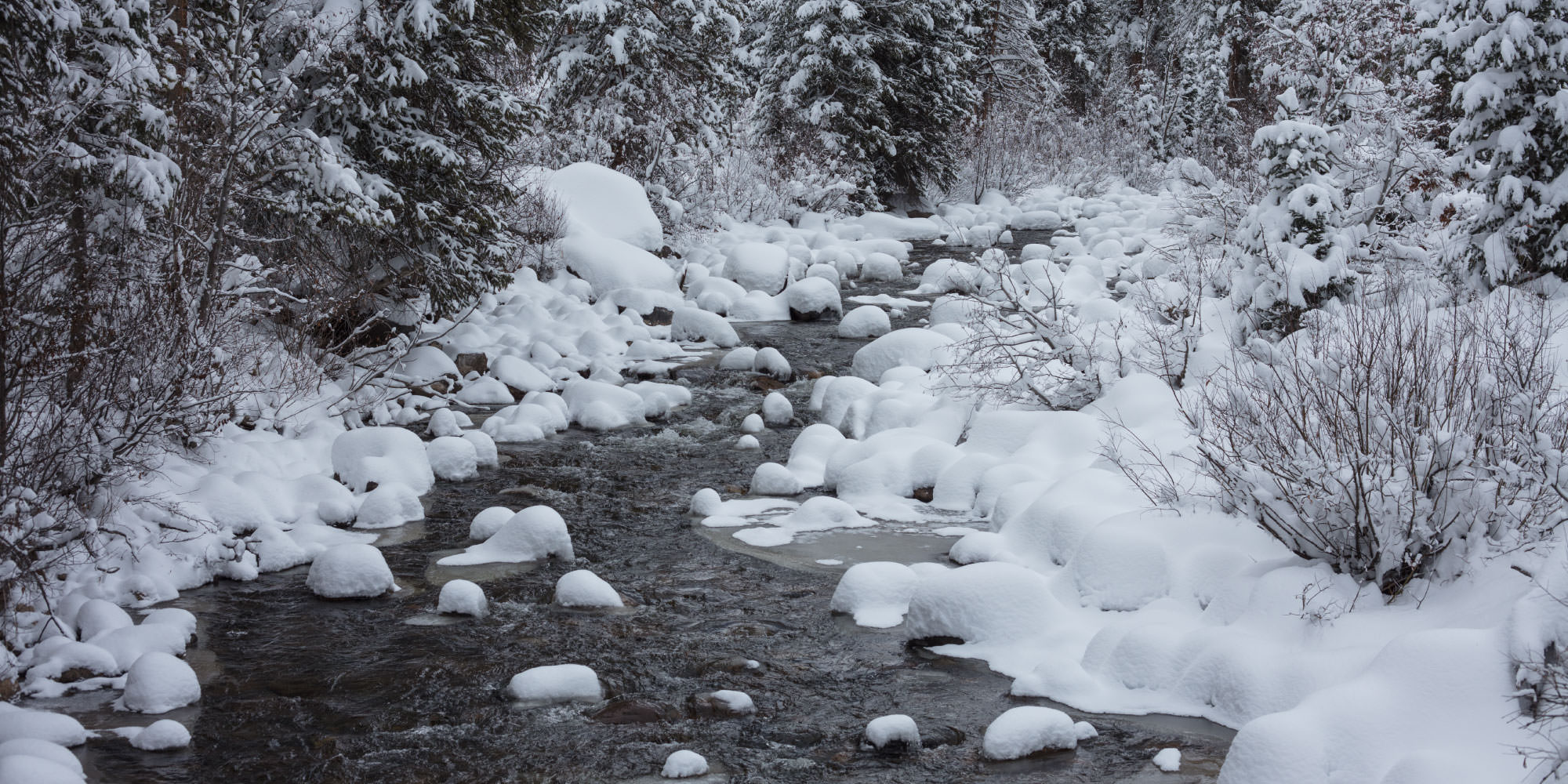
The water landscape in the west is changing: it’s drying as a result of increased temperatures caused by climate change. In Colorado, we have long relied on our snowpack to supply water, but as snowpack decreases, spring melt shifts earlier, dryer ground uptakes more water and evaporative loss increases, our relationship with water in the west also changes. The goal of this program is to link education with action to support the community in scaling up water conservation across key sectors and increase adaptive capacity and resilience to a warmer and drier Yampa Valley. The program also seeks to increase access to and application of relevant data and research through collaborative partnerships with research institutions and organizations to provide data for land and water decision-makers and foster conservation actions across all stakeholder and user groups. Investing in land management and water conservation actions that reduce emissions and increase resilience is essential to climate action.


